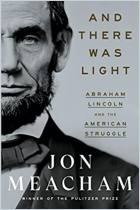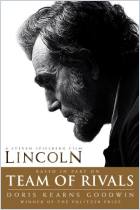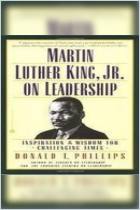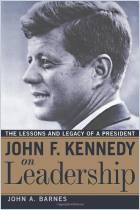
Book
Lincoln's Mentors
The Education of a Leader
Custom House,
2021
First Edition: 2021 more...
First Edition: 2021 more...
LINCOLN’S MENTORS: The Education of a Leader. Copyright © 2021 by Michael J. Gerhardt. Published by arrangement with Custom House, an imprint of HarperCollins Publishers
ISBN: 9780062877192
Pages: 496
ISBN: 9780062877192
Pages: 496
Recommendation
Abraham Lincoln lives in the common imagination as a political savant. However, his political success came about largely because he read avidly and selected and studied powerful role models including Henry Clay, Andrew Jackson, Zachary Taylor, John Todd Stuart and Orville Browning. Born in a log cabin, Lincoln received little formal education.A voracious reader, he turned to a chosen few leaders for guidance. By the time he won the presidential election in 1860, Lincoln –thanks in part to his mentors – had risen far above his humble beginnings.
Summary
About the Author
Michael Gerhardt is the Burton Craige Distinguished Professor of Jurisprudence at the University of North Carolina at Chapel Hill.













Comment on this summary